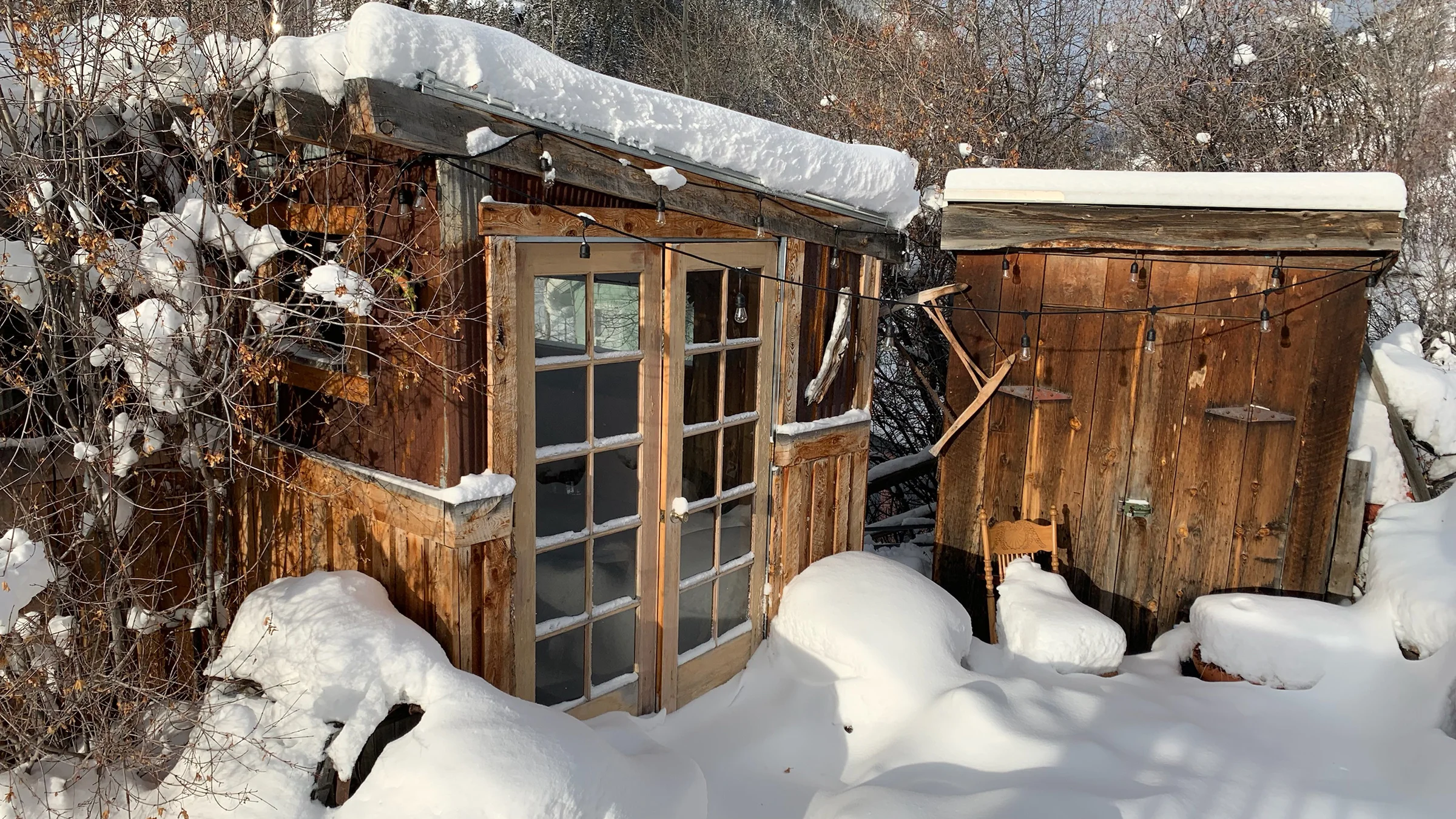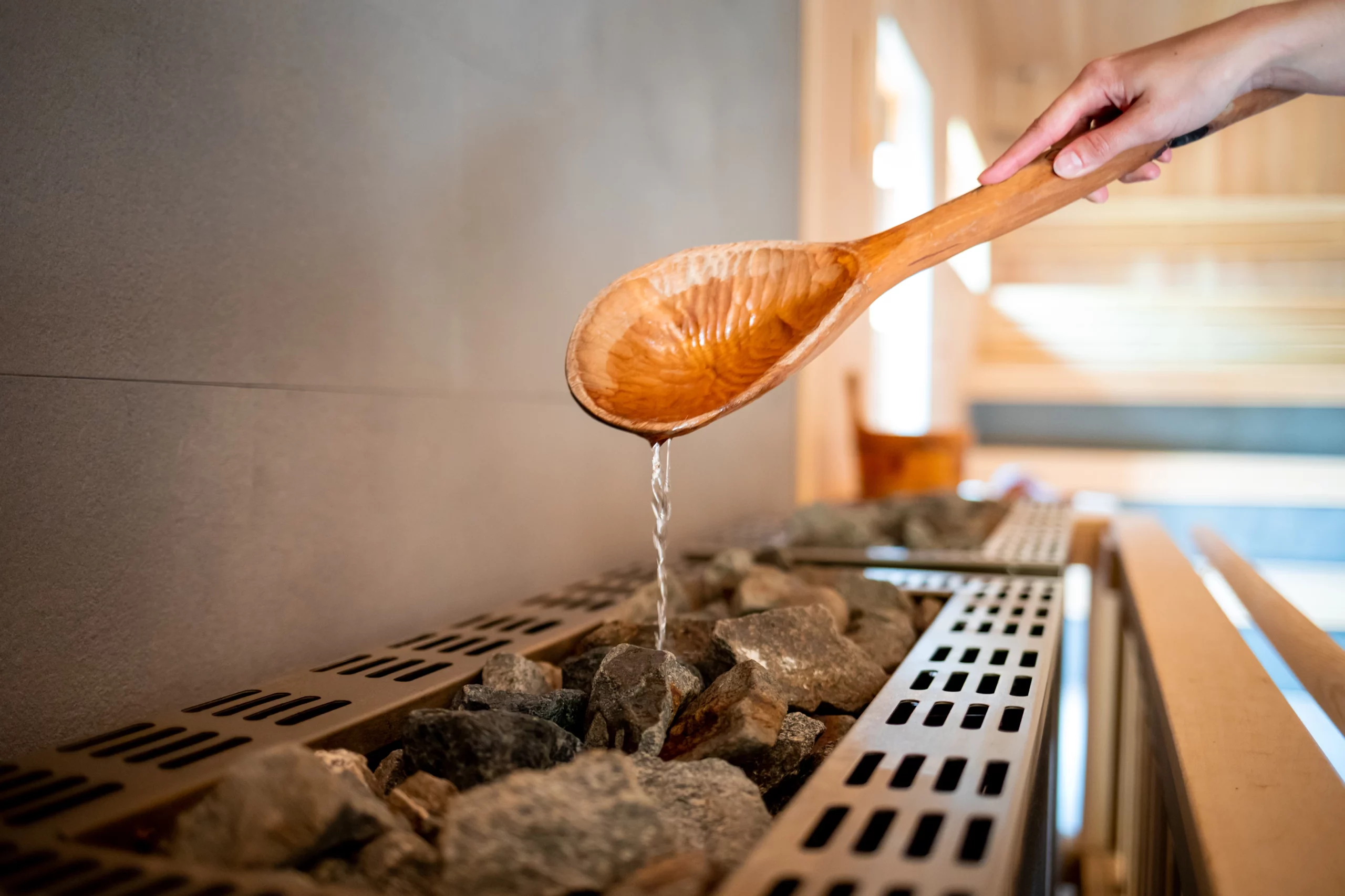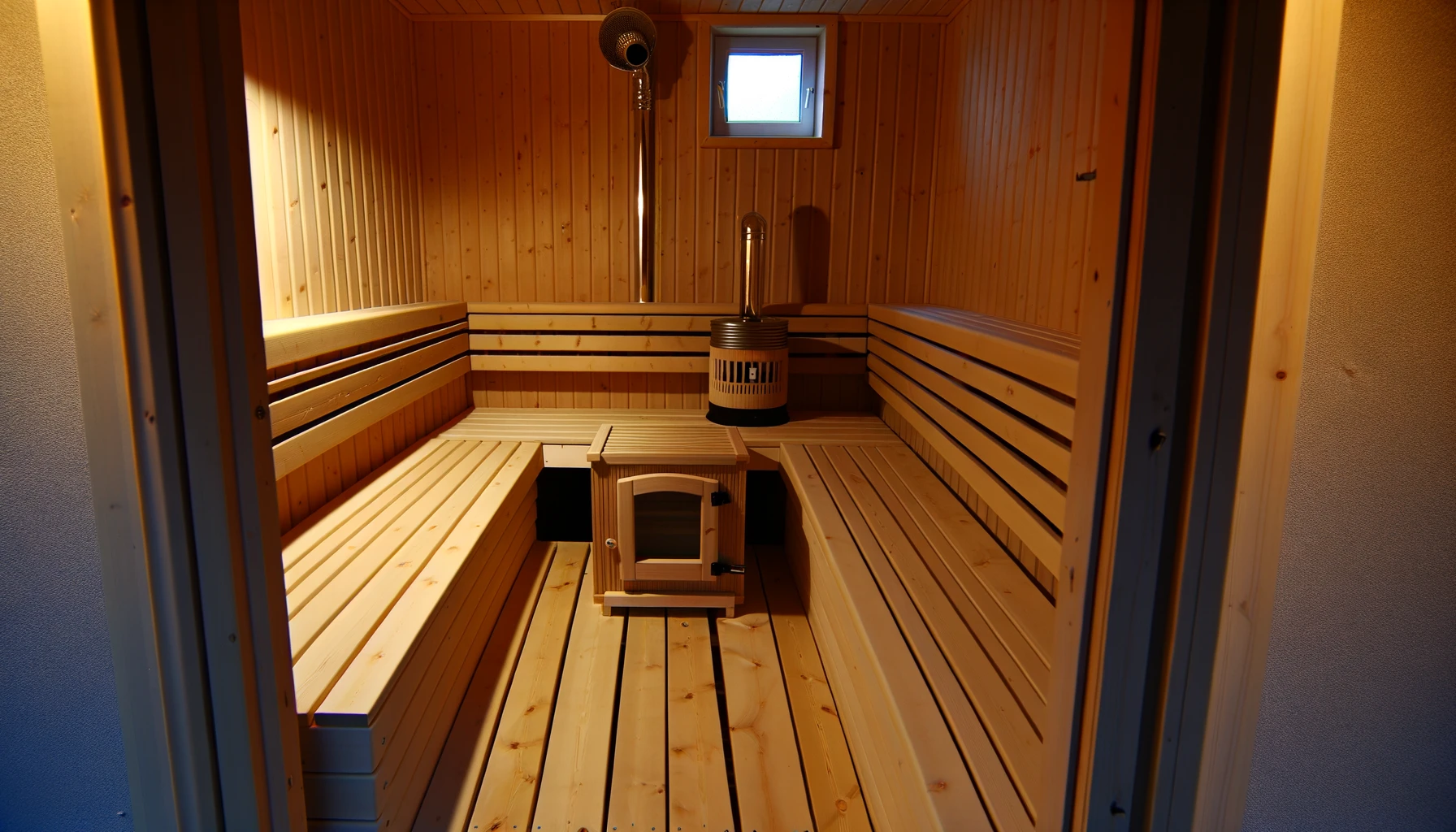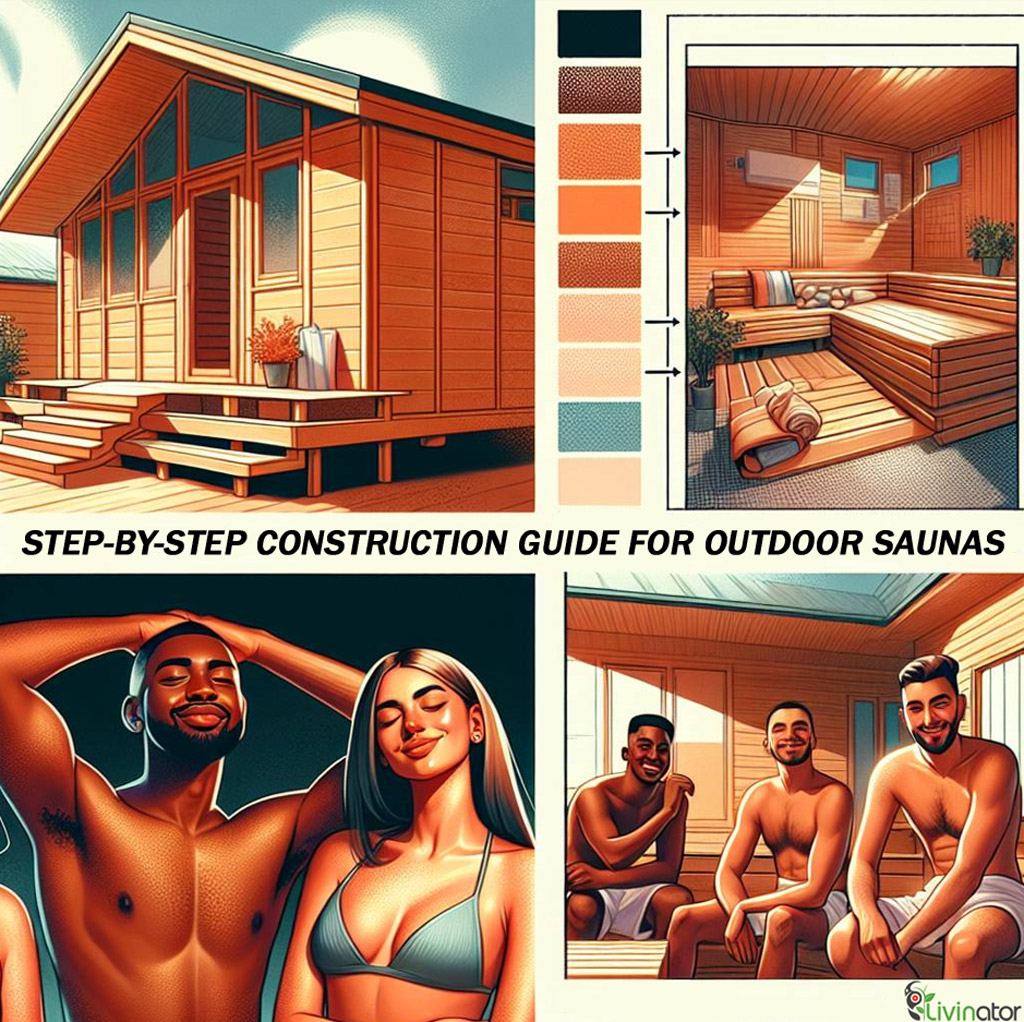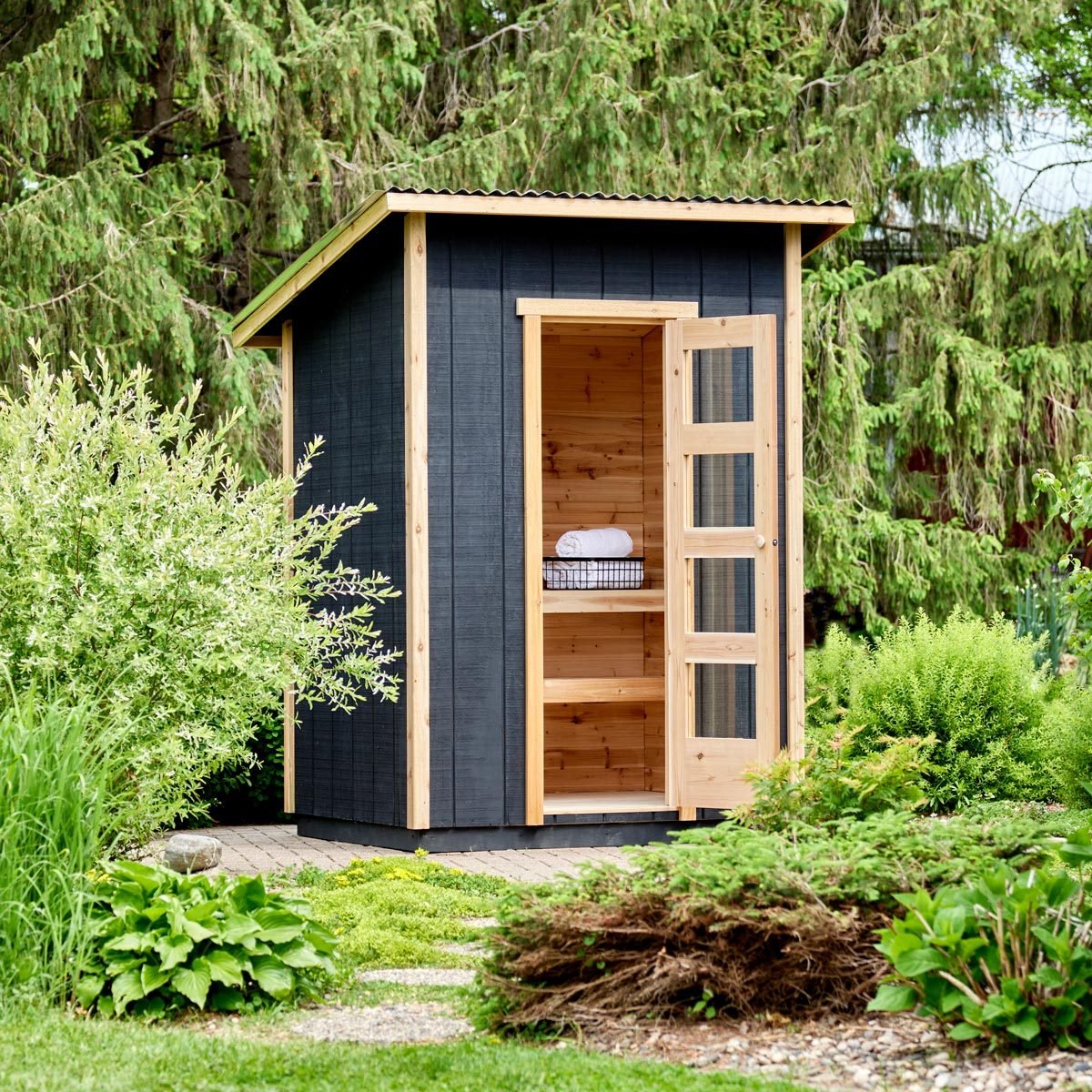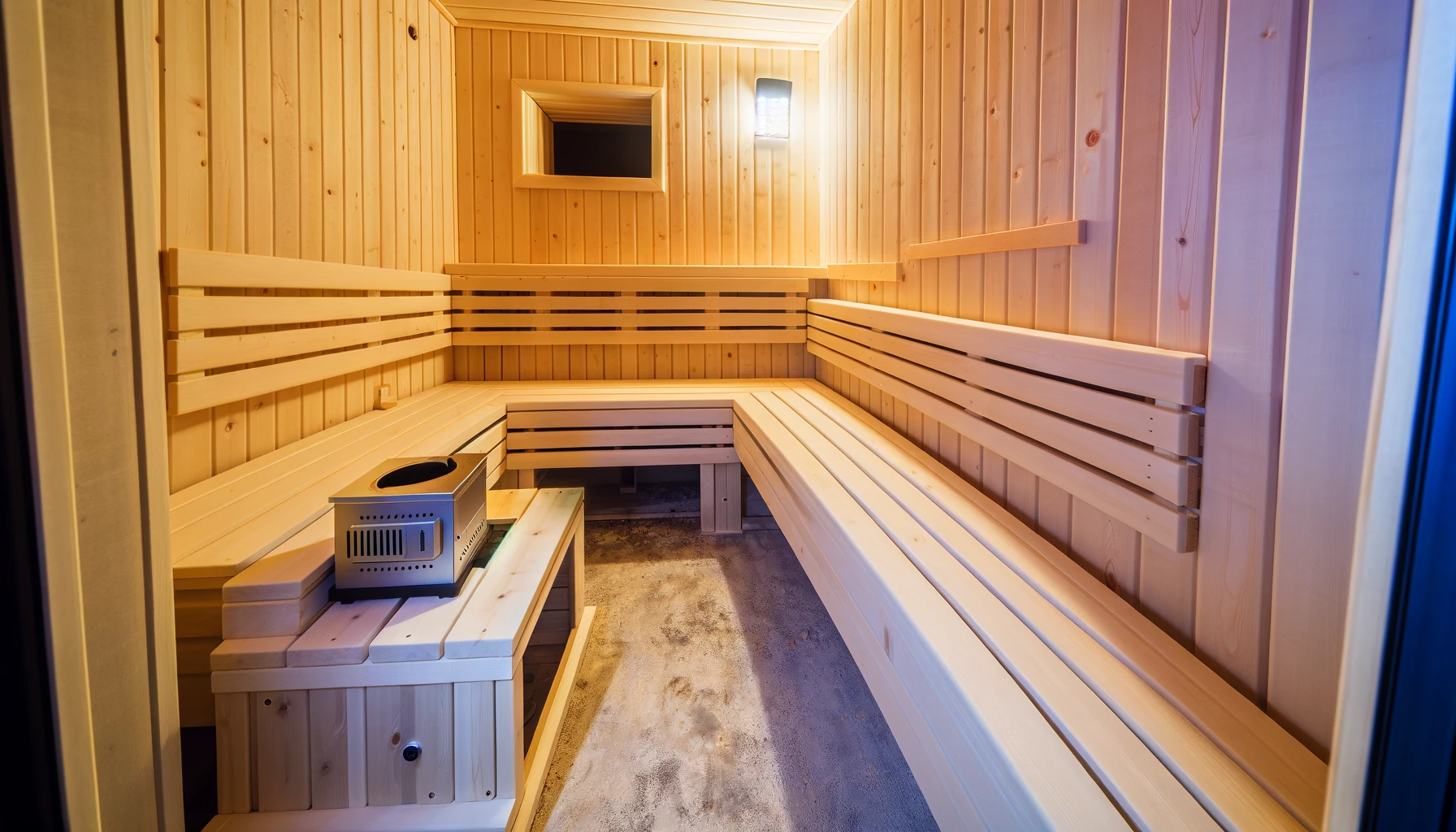Did you know that up to 25% of heat loss in a sauna occurs due to poor insulation? Ensuring your outdoor sauna is properly insulated can make a significant impact on both energy efficiency and overall comfort. By taking this essential step, you not only retain heat better but also create a cozy oasis where relaxation knows no bounds. From keeping the warmth in during chilly evenings to enhancing the longevity of your sauna, insulating your outdoor retreat is a game-changer. Dive into our guide as we explore the benefits, methods, and materials needed to transform your sauna experience inside the cabin.
Key Takeaways
- Proper insulation is crucial for maintaining the heat efficiency of your outdoor sauna.
- Consider factors like R-value, durability, and moisture resistance when selecting insulation materials.
- Use vapor barriers to prevent moisture buildup within the sauna’s walls.
- Choose insulation methods that suit your sauna’s design and structure.
- Adhere to regulations and guidelines to ensure safety and efficiency in your sauna insulation.
- Regularly check for and address moisture leaks to prevent damage and mold growth.
Importance of Insulation
Heat Retention
Proper insulation is essential for insulating your outdoor sauna as it helps in retaining heat effectively. By using insulating materials, you can minimize heat loss and maintain a comfortable temperature inside the sauna. This is crucial for ensuring that you get the maximum benefits from your outdoor sauna experience. For instance, if you use fiberglass or mineral wool insulation, they trap the heat within the sauna walls, keeping it warm and cozy.
Insulation also plays a significant role in preventing moisture buildup within your outdoor sauna. Moisture-resistant insulation materials are key to maintaining a dry and comfortable environment inside the sauna. With adequate insulation, you can prevent condensation issues that may lead to structural damage over time. Opting for closed-cell foam insulation can be an excellent choice as it acts as a barrier against moisture infiltration while providing superior thermal resistance.
Authentic Feel
Selecting the right type of insulation contributes to creating an authentic ambiance in your outdoor sauna space. By choosing insulating materials that mimic traditional sauna construction techniques, you enhance the overall authenticity of your sauna experience inside. Natural options like wood fiber or corkboard insulation not only provide excellent thermal performance but also add to the aesthetic appeal of your outdoor sauna setup. These natural and high-quality insulating materials help recreate an authentic Scandinavian-style sauna atmosphere right in your backyard.
Types of Insulation Materials
Foam panels are a top choice for insulating your outdoor sauna. These panels excel in thermal properties, offering efficient insulation that is lightweight and easy to install. Their versatility allows for customization while ensuring effective heat retention. Foam panels provide a practical solution for maintaining optimal temperatures within your sauna.
Natural fiber insulation, like sheep’s wool or cellulose, offers sustainable and eco-friendly options when insulating your outdoor sauna. These materials not only deliver excellent thermal performance but also regulate moisture effectively. Opting for natural fibers aligns with environmentally conscious practices, ensuring that your sauna is both energy-efficient and environmentally friendly.
Thermally modified wood stands out as a dual-purpose material suitable for both insulation and interior cladding in outdoor saunas. This type of wood boasts enhanced thermal properties, making it an ideal selection for insulating saunas effectively. Beyond its functional benefits, thermally modified wood adds aesthetic appeal to the sauna while providing reliable insulation against external temperature variations.
Choosing the Right Material
R-value Understanding
When insulating your outdoor sauna, understanding R-value is essential. The R-value indicates how well insulation materials resist heat flow. Higher R-values mean better insulation and heat retention in the right space inside your sauna. For instance, materials with higher R-values like foam boards are excellent choices for optimal thermal performance.
Insulation thickness directly impacts its ability to retain heat inside efficiently. Thicker insulation provides better thermal resistance and energy efficiency, crucial for outdoor saunas exposed to varying weather conditions. When selecting the right material, consider both the available space within your sauna and the desired level of insulation needed for effective heat retention.
Thickness Consideration
Different insulation materials have varying levels of effectiveness in retaining heat inside and outside. It’s important to research and compare these thermal properties when choosing the most suitable option for your outdoor sauna. Factors such as moisture resistance, sustainability, and overall durability should also be taken into account during material evaluation.
Vapor Barriers Explained
Role in Saunas
Insulating your outdoor sauna is crucial for maintaining heat within the structure. Proper insulation ensures that the sauna remains warm during use and prevents heat loss, creating a cozy environment for relaxation. Without adequate insulation, the sauna may struggle to reach optimal temperatures and retain heat effectively.
Investing in high-quality insulation materials is essential for maximizing the benefits of your outdoor sauna. Quality insulation not only improves energy efficiency but also enhances overall performance by keeping the sauna comfortably heated throughout your sessions. By insulating your outdoor sauna properly, you can enjoy consistent warmth and a more enjoyable sauna experience each time you use it.
Aluminum Foil Usage
Aluminum foil serves as an effective reflective barrier when insulating your outdoor sauna. By applying aluminum foil inside the sauna to the interior walls or ceiling, you create a surface that reflects heat back into the space. This reflective quality helps improve heat retention, ensuring that warmth circulates within the sauna without escaping through its walls.
Incorporating aluminum foil as an additional layer of insulation in your outdoor sauna contributes to enhanced energy efficiency. The foil acts as a protective shield against heat loss, trapping warmth inside and maintaining a comfortable temperature for longer periods. By utilizing aluminum foil strategically inside your sauna construction, you can optimize its thermal properties and create an efficient heating system.
Insulation Methods
Wall Insulation
Insulating your outdoor sauna’s walls is vital to maintain a steady temperature inside. Choose insulation materials designed for walls and doors to retain heat effectively. Well-insulated walls prevent heat loss, ensuring a cozy sauna experience.
When insulating the walls, consider materials like fiberglass or mineral wool. These options offer excellent thermal resistance and are easy to install. Proper wall insulation keeps the sauna warm without excessive energy consumption, making your sauna sessions more enjoyable.
Pros:
- Maintains consistent temperature
- Prevents heat loss
Cons:
- Initial cost of materials
Ceiling Strategies
Ensuring proper insulation on the ceiling prevents heat from escaping through the top of your outdoor sauna. Select suitable insulation materials for ceilings to maximize heat retention within the space. Adequate ceiling insulation not only enhances energy efficiency but also contributes to a more comfortable sauna environment.
Consider using reflective foil bubble wrap or rigid foam boards when insulating the ceiling of your outdoor sauna. These materials provide effective thermal protection against heat loss through the roof, keeping the interior warm and inviting during use.
Key Point:
- Maximizes heat retention
Floor Techniques
Insulating your outdoor sauna’s floor helps reduce heat loss and enhances overall thermal performance inside. Opt for floor insulation materials that can withstand high temperatures and moisture exposure in this area of high humidity levels. A well-insulated floor ensures comfort while preventing cold air infiltration into the sauna space.
When selecting floor insulation, look into options like cork sheets or expanded polystyrene foam boards that offer both thermal resistance and moisture resistance properties ideal for saunas’ unique conditions.
- Choose appropriate flooring material.
- Ensure it can withstand high temperatures.
- Install carefully to cover all areas effectively.
Regulations and Guidelines
When insulating your outdoor sauna, it’s essential to prioritize compliance with local building codes and regulations. Ensuring that the insulation materials you choose meet safety standards and are approved for sauna construction is crucial. By adhering to these compliance requirements, you guarantee a safe and legal installation process.
Following best practices for insulation installation is key to achieving optimal results in your outdoor sauna. Properly sealing all joints and gaps is necessary to prevent air leakage, maintaining the effectiveness of the insulation. Seeking guidance from professionals or reliable sources on specific insulation techniques tailored to outdoor saunas can be immensely helpful in ensuring a successful outcome.
Preventing Moisture Leaks
Vapor Sealing
To safeguard your outdoor sauna from moisture leaks, vapor sealing plays a crucial role. By applying vapor barriers or membranes, you create a protective shield that prevents water from seeping into the insulation and causing harm to the sauna structure. This watertight seal not only safeguards the insulation but also ensures the durability of your outdoor sauna in various weather conditions.
Proper vapor sealing significantly enhances the longevity of your outdoor sauna by shielding it against condensation and moisture infiltration. Imagine these barriers as invisible shields that keep your sauna safe and sound, free from any potential damage caused by unwanted water exposure.
Barrier Application
Another effective method for insulating your outdoor sauna is through barrier application between the insulation and external surfaces. By using suitable barriers like waterproof membranes or coatings, you add an extra layer of protection to shield the insulation from external elements such as rain, snow, or humidity. This barrier acts as a defense mechanism against moisture intrusion while ensuring that your insulation remains intact for years to come.
Implementing proper barrier application techniques not only protects the integrity of the insulation but also guarantees optimal long-term performance for your outdoor sauna setup. Picture these barriers as sturdy walls standing guard around your sanctuary, keeping it safe and secure from any potential threats posed by moisture leaks.
Ventilation Essentials
Ventilation Role
Proper ventilation is essential in your insulated outdoor sauna to keep the air fresh and prevent moisture buildup. Installing ventilation systems that allow for fresh air circulation while maintaining heat retention is crucial. Balancing insulation effectiveness with adequate ventilation helps create a comfortable and healthy sauna environment for users.
When insulating your outdoor sauna, remember that ventilation plays a critical role in ensuring a pleasant experience. Without proper airflow, the sauna may become stuffy and uncomfortable. By incorporating suitable ventilation systems, you can maintain air quality while preserving the desired heat levels within the sauna.
Quality Air Flow
Insulation should not hinder the flow of air within your outdoor sauna; it should complement it instead. Designing effective ventilation systems that promote efficient airflow without compromising insulation integrity is key. Ensuring quality air flow contributes significantly to an enjoyable and relaxing sauna experience for individuals using the facility.
In an insulated outdoor sauna, achieving optimal air flow is vital to prevent stagnant or stale air from accumulating inside the space. Implementing well-designed ventilation solutions allows for continuous circulation of fresh air, enhancing comfort during sauna sessions.
Construction Materials Selection
When insulating your outdoor sauna, the choice of construction materials plays a crucial role in maintaining optimal insulation. Opting for high-quality wood not only enhances the structural integrity but also significantly improves insulation effectiveness. By selecting durable, well-insulated wood species that can endure temperature changes and moisture exposure, you ensure better thermal performance. High-quality wood contributes to the overall aesthetic appeal of your outdoor sauna.
Exploring alternative materials for insulation provides eco-friendly options that can offer unique properties suitable for insulating your outdoor sauna effectively. Consider using materials like recycled denim or cork, which bring sustainability and innovative insulation qualities to your project. These alternative options present themselves as viable choices compared to traditional insulation materials due to their specific benefits and compatibility with various requirements of an outdoor sauna setting.
Final Remarks
You’ve learned about the critical role of insulation in your outdoor sauna project. From understanding different insulation materials to selecting the right one and ensuring proper ventilation, each step plays a crucial part in creating an efficient and durable sauna. Remember, moisture is your enemy in this battle, so be vigilant in preventing leaks and following regulations for a safe sauna experience. As you dive into construction, choose your materials wisely to guarantee a long-lasting and well-insulated sauna that will stand the test of time.
Now armed with knowledge on insulation methods and essential considerations, it’s time to put your plan into action. Start building your dream outdoor sauna with confidence, knowing that you have the expertise to create a cozy retreat that will serve you well for years to come. Happy building!
Frequently Asked Questions
How important is insulation for an outdoor sauna?
Insulation is crucial for maintaining heat efficiency in your outdoor sauna. It helps trap the heat inside, ensuring a comfortable and consistent temperature during sauna sessions.
What are some common types of insulation materials used for outdoor saunas?
Common insulation materials include fiberglass, mineral wool, foam board, and reflective foil. Each material has its own pros and cons in terms of cost-effectiveness and thermal performance.
How do I choose the right insulation material for my outdoor sauna?
Consider factors like R-value (thermal resistance), moisture resistance, durability, and budget when selecting an insulation material. Consult with experts to determine the best option for your specific needs.
Why are vapor barriers essential when insulating an outdoor sauna?
Vapor barriers prevent moisture build-up within the walls by blocking water vapor from entering or exiting the insulated space. This helps maintain a dry environment inside your sauna and prolongs the lifespan of the structure.
What are some effective methods for insulating an outdoor sauna?
Common methods include batt insulation installation between wall studs, applying spray foam insulation to fill gaps and cracks, or using rigid foam boards on exterior surfaces. Choose a method that suits your construction design and budget constraints.
